Introduction
Imperata Cylindrica, commonly known as white grass root or cogon grass, is a perennial plant native to tropical and subtropical regions across Asia, Africa, and the Pacific Islands. While often recognized for its ecological resilience and historical use in traditional medicine, this unassuming plant has also been a culinary staple in many cultures for centuries. Rich in nutrients such as vitamins, minerals, and antioxidants, white grass root offers a unique blend of earthy flavor and therapeutic benefits. This article delves into the diverse methods of preparing and consuming Imperata Cylindrica, from ancient recipes to modern adaptations, ensuring readers can safely incorporate this herb into their diets.
Nutritional Profile and Health Benefits
Before diving into culinary applications, it is essential to understand why Imperata Cylindrica has been valued beyond its culinary appeal. Scientifically, the root contains significant amounts of potassium, iron, and dietary fiber, alongside bioactive compounds like flavonoids and saponins. These nutrients contribute to its reputation as a natural diuretic, anti-inflammatory agent, and digestive aid. Traditional practices often associate it with cooling the body, alleviating thirst, and supporting kidney health. Modern research also suggests potential benefits in managing blood sugar levels and reducing oxidative stress, though further studies are needed to confirm these effects.
Fresh Consumption: A Crisp and Refreshing Delight
The simplest way to enjoy Imperata Cylindrica is in its raw form. Young, tender roots harvested during early spring or late autumn are ideal, as older roots may become fibrous and bitter. To prepare:
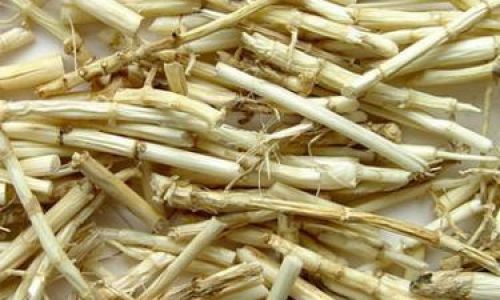
- Cleaning: Thoroughly wash the roots under running water to remove soil and debris.
- Peeling: Use a knife or vegetable peeler to remove the outer fibrous layer, revealing the crisp, white interior.
- Serving: Slice the root into thin strips or grate it, then toss into salads, slaws, or cold noodle dishes. Its mild, slightly sweet taste pairs well with citrus dressings, mint, or cilantro.
In Southeast Asia, fresh white grass root is often combined with coconut water, lime, and a pinch of sea salt to create a rejuvenating beverage. This preparation not only quenches thirst but also serves as a hydrating snack during hot climates.
Boiling Methods: Traditional Soups and Broths
Boiling is perhaps the most widespread cooking technique for Imperata Cylindrica, prized for its ability to infuse liquids with a subtle, grassy sweetness. Classic applications include:
- Clear Soups: Simmer chopped roots with pork ribs, chicken, or tofu in a light broth seasoned with ginger and scallions. The resulting dish is believed to nourish the spleen and alleviate fatigue.
- Herbal Teas: Boil dried or fresh roots in water for 15–20 minutes, then strain and serve hot or chilled. Add honey or dates for sweetness, or combine with chrysanthemum flowers for an aromatic twist.
- Congee: Incorporate finely chopped roots into rice porridge during the final 10 minutes of cooking. This method softens the roots, creating a comforting texture ideal for convalescents or the elderly.
Dried Preparations: Preserving for Year-Round Use
Drying Imperata Cylindrica roots extends their shelf life and concentrates their flavors, making them a pantry essential. To dry:
- Sun-Drying: Slice roots into thin rounds and spread them on a tray under direct sunlight for 3–5 days, turning occasionally to ensure even drying.
- Oven-Drying: For faster results, bake sliced roots at 50°C (122°F) until brittle.
Dried roots can be ground into powder, steeped as tea, or rehydrated in soups. In Korea, dried white grass root is a key ingredient in sujeonggwa, a traditional cinnamon-spiced punch served during festivals.

Powdered Form: A Versatile Culinary Ingredient
Grinding dried roots into a fine powder unlocks endless culinary possibilities:
- Baking: Substitute a portion of flour with white grass root powder in muffin, pancake, or bread recipes. The powder imparts a nutty undertone and boosts fiber content.
- Smoothies: Blend 1–2 teaspoons of powder with fruits, yogurt, and almond milk for a nutrient-packed breakfast.
- Seasoning: Mix with salt, pepper, or garlic powder to create a unique rub for grilled meats or roasted vegetables.
Combination with Other Foods: Synergistic Flavor Pairings
Imperata Cylindrica’s mild flavor profile allows it to complement a wide array of ingredients:
- Grains: Cook with rice, quinoa, or barley to add depth to pilafs or risottos.
- Legumes: Simmer with lentils or chickpeas in stews or curries for enhanced earthiness.
- Seafood: Wrap roots around fish fillets before baking to infuse moisture and aroma.
In Vietnam, white grass root is often paired with coconut milk and shrimp in a fragrant curry, while in the Philippines, it is stir-fried with garlic, ginger, and leafy greens.
Tea Infusions: Beyond Basic Brewing
Elevate the humble white grass root tea by experimenting with complementary herbs and spices:

- Lemongrass and Ginger: Brew a trio of lemongrass, ginger, and white grass root for an immune-boosting elixir.
- Hibiscus: Combine with dried hibiscus flowers for a tart, ruby-red infusion rich in vitamin C.
- Mint and Honey: Sweeten cooled tea with honey and garnish with fresh mint for a refreshing iced beverage.
Desserts and Sweet Treats: A Surprising Sweetness
While often savory, Imperata Cylindrica can also shine in desserts:
- Puddings: Simmer roots with coconut milk, palm sugar, and tapioca pearls until thickened, then chill for a creamy, tropical treat.
- Jams: Cook grated roots with apples, pears, and cinnamon for a low-sugar spread.
- Jellies: Extract juice from boiled roots and mix with agar-agar to create a wobbly, health-conscious dessert.
Fermented Products: Ancient Techniques for Modern Palates
Fermentation enhances the bioavailability of nutrients and introduces probiotic benefits:
- Vinegar: Ferment chopped roots in a mixture of water, sugar, and rice wine for 4–6 weeks, then strain and age.
- Kombucha: Add white grass root tea as a base flavor for a unique twist on this fizzy beverage.
- Kimchi: Incorporate grated roots into cabbage-based kimchi for added crunch and complexity.
Safety and Precautions
Despite its culinary and medicinal appeal, Imperata Cylindrica requires mindful consumption:
- Identification: Ensure accurate plant identification, as some lookalikes may be toxic.
- Preparation: Avoid consuming raw roots if pregnant or nursing, as certain compounds may stimulate uterine contractions.
- Sourcing: Opt for organically grown roots to minimize pesticide exposure.
- Allergies: Individuals with grass pollen allergies may experience cross-reactivity; test a small amount first.
Cultural Significance and Sustainability
Beyond the kitchen, Imperata Cylindrica holds deep cultural roots. In Traditional Chinese Medicine, it is classified as a “cooling” herb, used to balance internal heat. In Japan, it is associated with the spring equinox festival Higan, where offerings of white grass root symbolize purity and renewal.
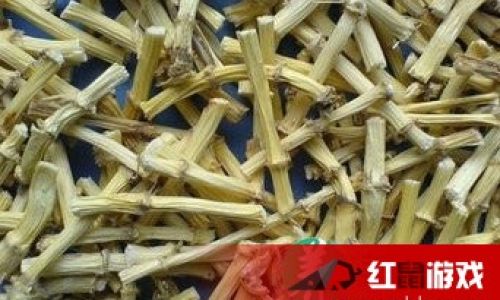
However, its invasive nature in non-native regions raises ecological concerns. Sustainable harvesting practices—such as foraging only mature plants and avoiding root removal—are crucial to prevent ecosystem disruption.
Conclusion
Imperata Cylindrica transcends its reputation as a mere weed, offering a spectrum of culinary and wellness opportunities. From crisp salads to fermented elixirs, this humble root invites culinary creativity while honoring ancestral wisdom. By prioritizing safety, sustainability, and creativity, modern eaters can rediscover the timeless allure of white grass root—a testament to nature’s ability to nourish both body and soul.
Postscript: A Simple Recipe to Try
Imperata Cylindrica and Goji Berry Tea
Ingredients:
- 10g fresh white grass root (or 5g dried)
- 1 tablespoon goji berries
- 4 cups water
- Honey to taste
Instructions:
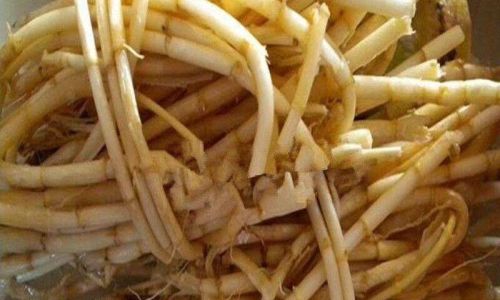
- Rinse and chop fresh roots (or rehydrate dried ones).
- Boil water, then reduce heat and add roots and goji berries.
- Simmer for 20 minutes, then strain.
- Sweeten with honey and serve hot or cold.
Enjoy this golden-hued tea as a daily ritual to hydrate and revitalize.

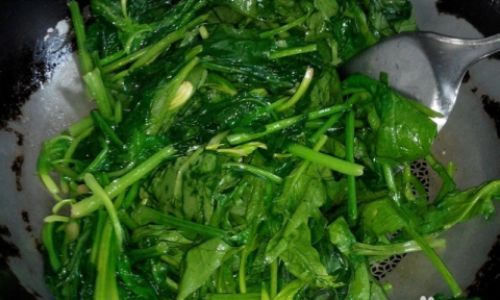
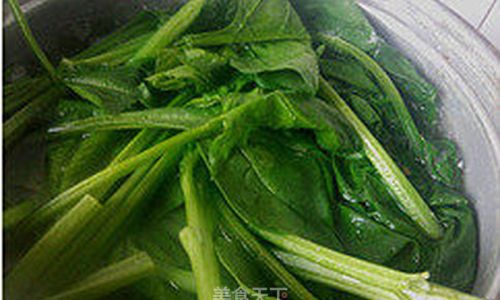
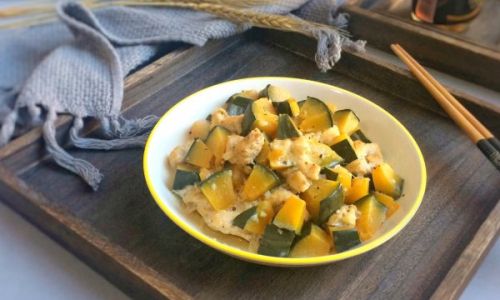
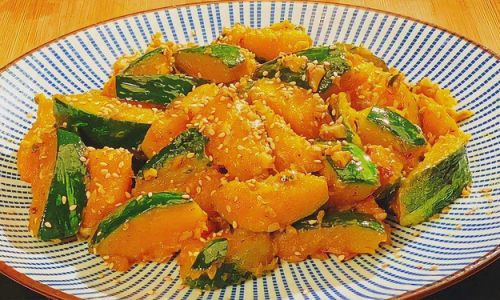
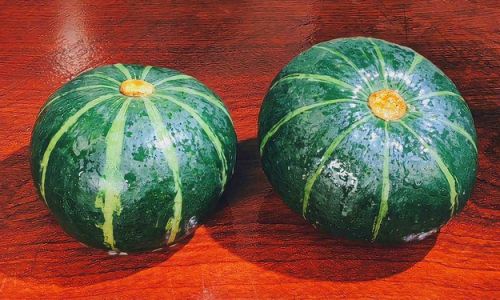
0 comments